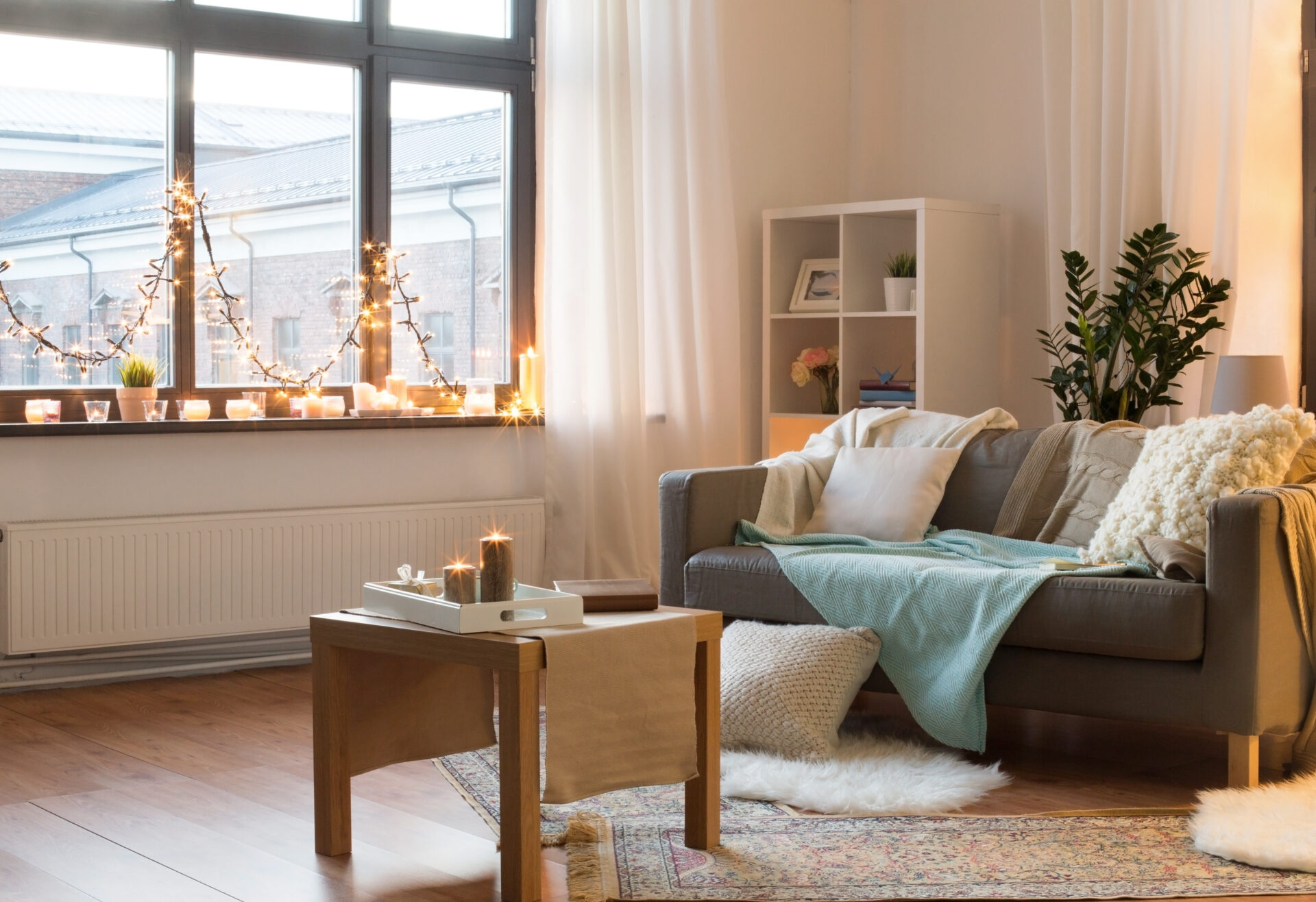Are you planning to renovate or redecorate your space? Do you want to see how your design ideas will look before you execute them? If yes, then you should consider using interior design rendering. Interior design visualization, a service expertly provided by sites like “yousee.studio”. is the process of creating 2D or 3D digital models of interior spaces.
These models are then enhanced with textures, lighting, and other details to create realistic visualizations of how a space will look once it’s completed.
Interior design rendering can help you transform your space in numerous ways. It can help you:
- Visualize your design concepts and match them effectively to others
- Experiment with different styles, colors, materials, and layouts
- Avoid costly mistakes and changes during the construction or installation phase
- Showcase your portfolio and attract more clients if you are a professional designer
In this article, we will explain the types of interior design rendering, how to use them for your space, and where to find the best rendering services or software. Interior design rendering is a process of creating realistic or stylized images of a space based on its design plan, materials, colors, lighting, and furniture. Rendering can help you visualize how your space will look like before you start the actual construction or renovation.
There are different types of rendering, such as 2D, 3D, photorealistic, artistic, and interactive. Each type has its own advantages and disadvantages depending on your needs and preferences.
Table of Contents
Types of interior design rendering
There are two main types of interior design rendering: 2D rendering and 3D rendering. Each type has its own advantages and disadvantages, depending on your needs and preferences.
2D rendering
2D rendering is the simplest and most common type of interior design rendering. It involves creating flat drawings or sketches of the interior space using software such as Photoshop, Illustrator, or AutoCAD. 2D rendering can show the floor plan, furniture layout, color scheme, and other basic elements of the design.
Some of the pros of 2D rendering are:
- It is fast and easy to create and edit
- It is suitable for simple and minimalist designs
- It is low-cost and widely available
Some of the cons of 2D rendering are:
- It lacks depth and realism
- It does not show the effects of lighting, shadows, or reflections
- It may not capture the mood or atmosphere of the space
Here are some examples of 2D renderings:

3D rendering
3D rendering is the most advanced and realistic type of interior design rendering. It involves creating three-dimensional models of the interior space using software such as SketchUp, Revit, or 3ds Max. 3D rendering can show the details, textures, lighting, shadows, reflections, and perspectives of the design.
- Some of the pros of 3D rendering are:
- – It is more realistic and immersive
- – It shows the effects of lighting, shadows, reflections, and perspectives
- – It can capture the mood or atmosphere of the space
- – It allows you to see the details and textures of the materials and furniture
- – It enables you to make changes and adjustments easily and quickly
- – It can create animations or interactive models that let you explore the space from different angles and positions
- – It can help you communicate your design ideas more effectively to your clients or contractors
Some of the cons of 3D rendering are:
- It is more complex and time-consuming to create and edit
- It requires more skills and expertise to use
- It is more expensive and less accessible
Here are some examples of 3D renderings:

How to use interior design rendering for your space
If you want to use interior design rendering for your space, here are some steps you can follow:
- Choose a reliable rendering service or software. Depending on your budget, skills, and preferences, you can either hire a professional rendering service or use DIY software to create your own renderings. Some of the best rendering services are NoTriangle Studio, Designblendz, and The Engineering Design.
- Provide your design brief and requirements. Provide a brief description of the design and requirements. Whether you are working with a rendering service or software, you need to provide your design brief and requirements. This includes the dimensions, layout, style, color scheme, materials, furniture, accessories, and other details of your space. You can also provide photos, sketches, or samples of your existing or desired space for reference.
- Review and revise the renderings until you are satisfied. Once you receive the renderings, you can review them and see if they match your expectations. You can also ask for revisions or changes if needed. For example, you can adjust the lighting, colors, textures, or positions of the elements in the renderings. You can also compare different renderings and choose the best one for your space.
- Implement the design in reality. After you finalize the renderings, you can use them as a guide to implement the design in reality. You can follow the renderings to purchase the materials, furniture, and accessories for your space. You can also hire contractors or installers to execute the construction or installation work according to the renderings.
Conclusion
Interior design rendering is a powerful tool that can help you transform your space. It can help you visualize your design ideas, experiment with different options, avoid mistakes and changes, and showcase your work. You can choose between 2D rendering and 3D rendering depending on your needs and preferences. You can also use a rendering service or software to create your own renderings.





